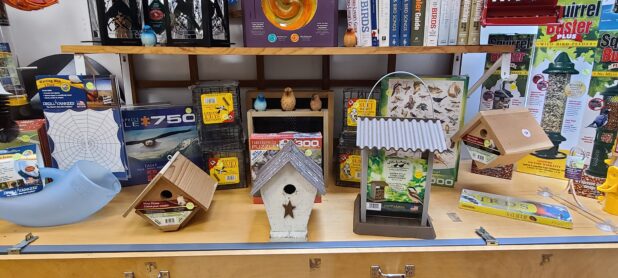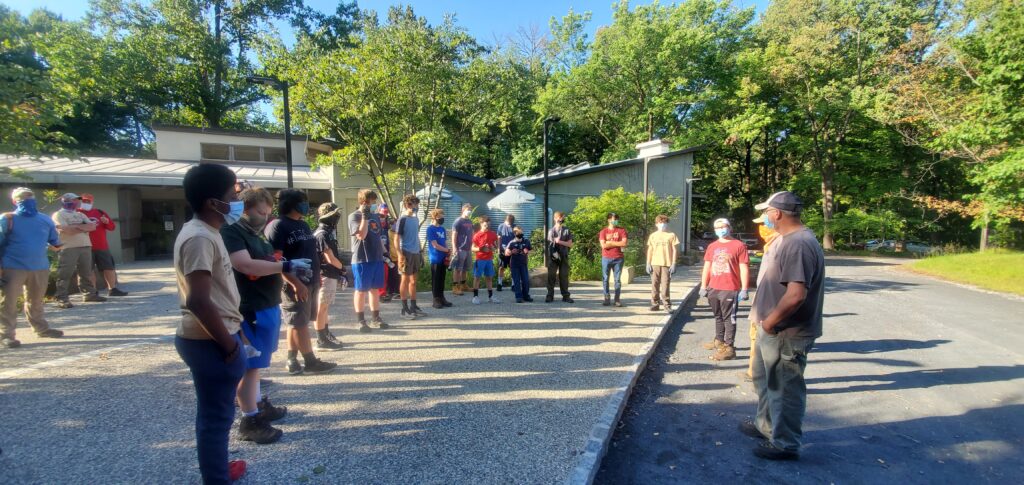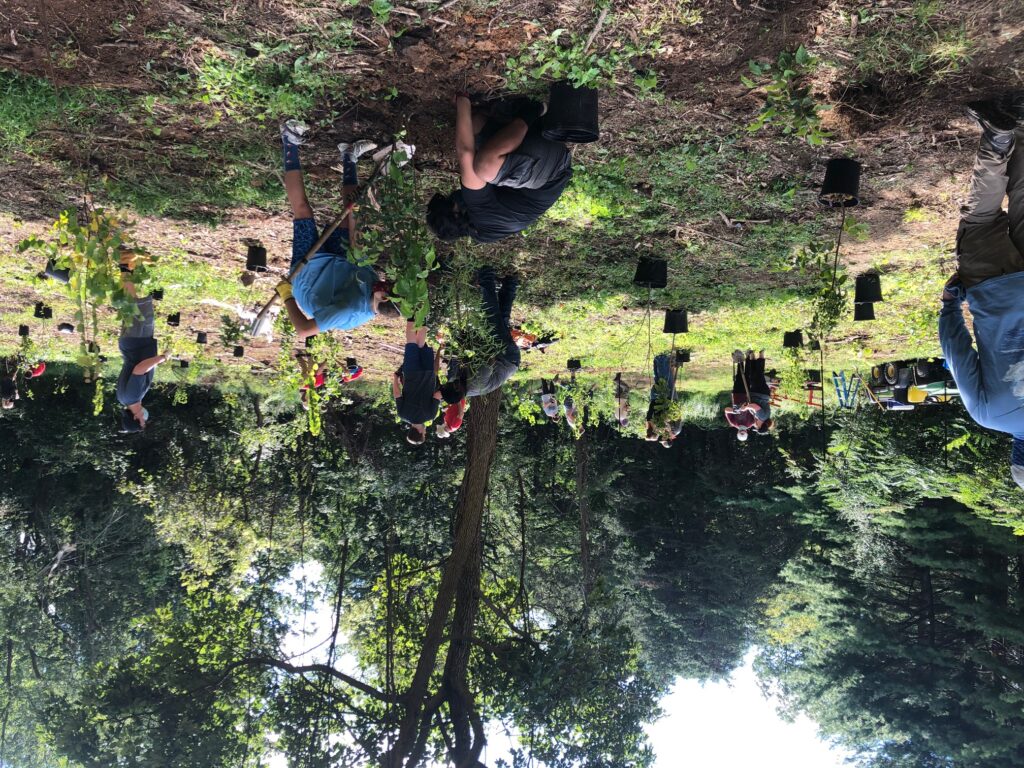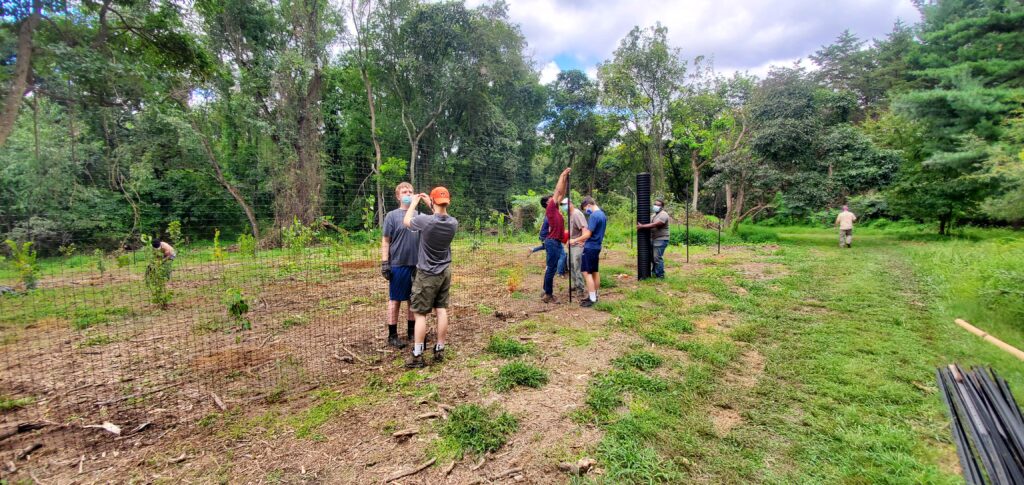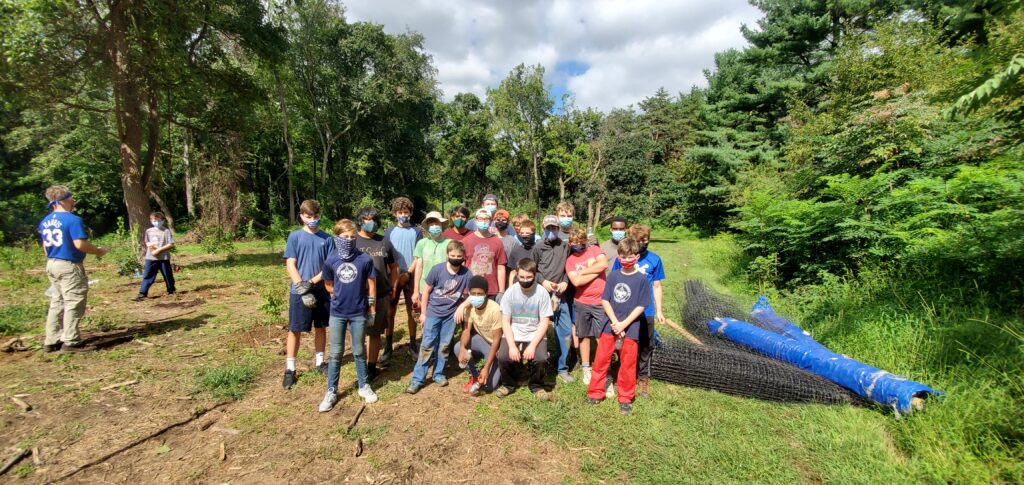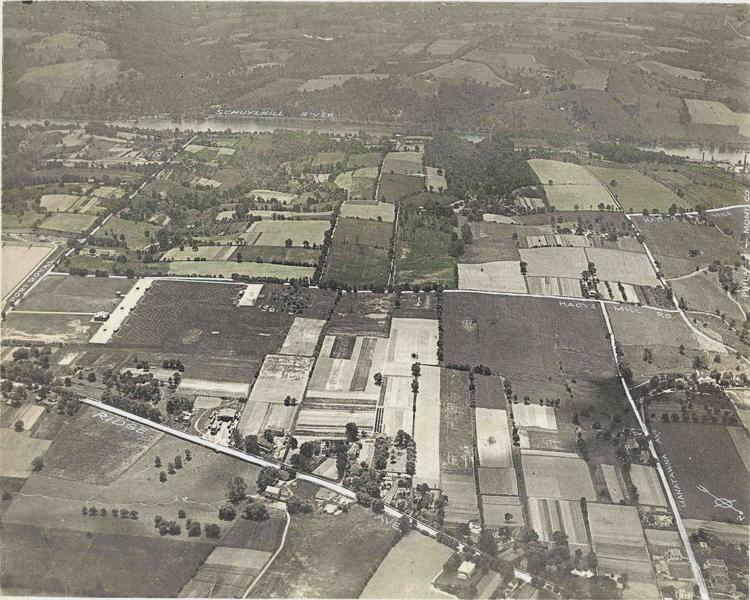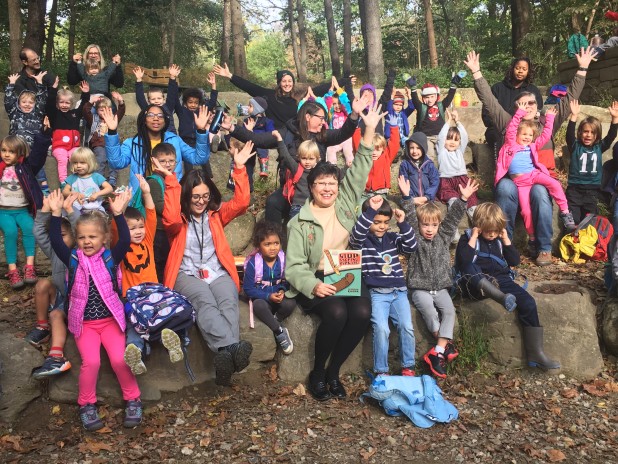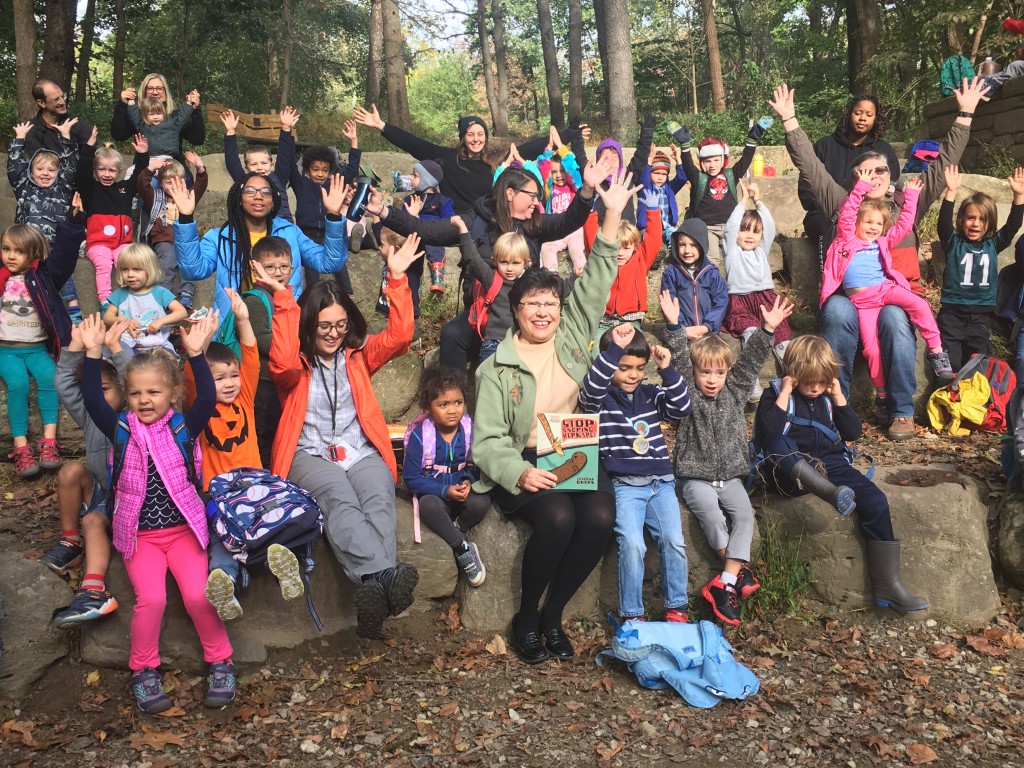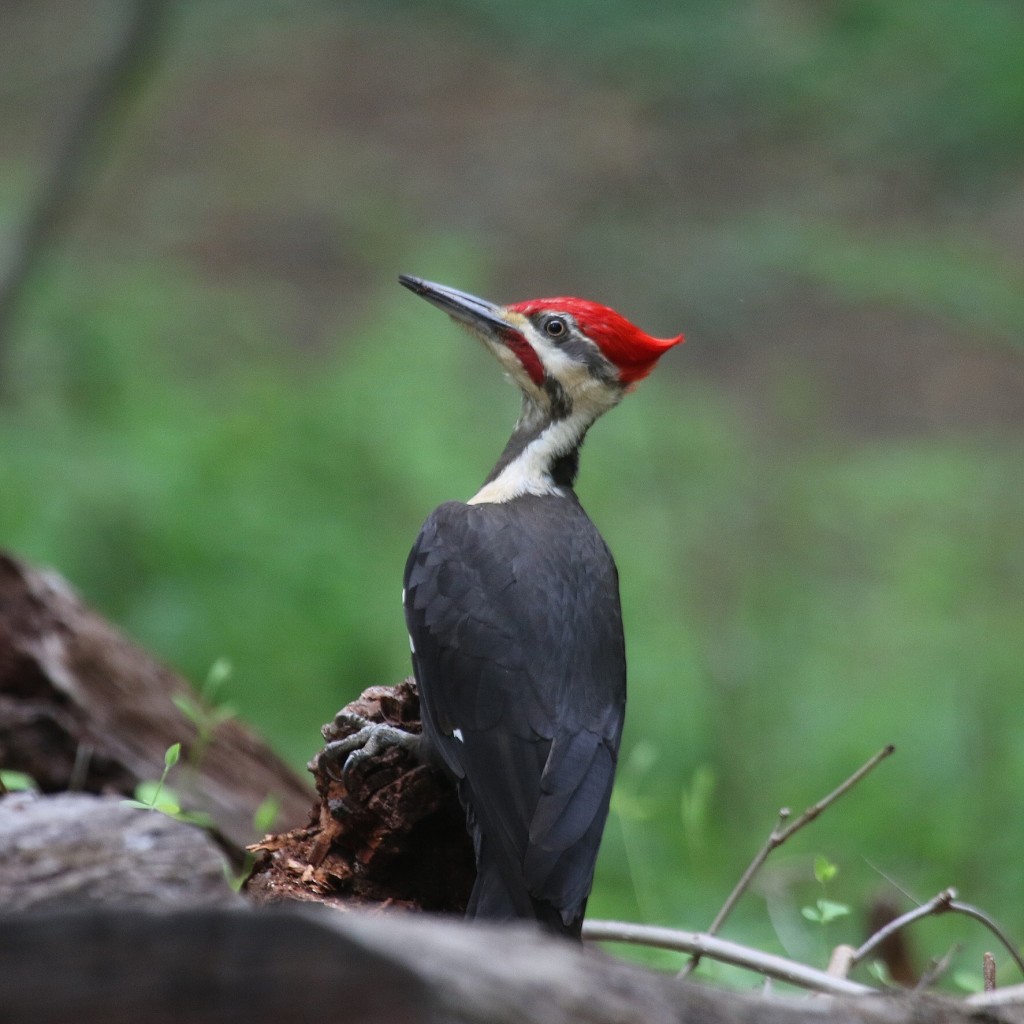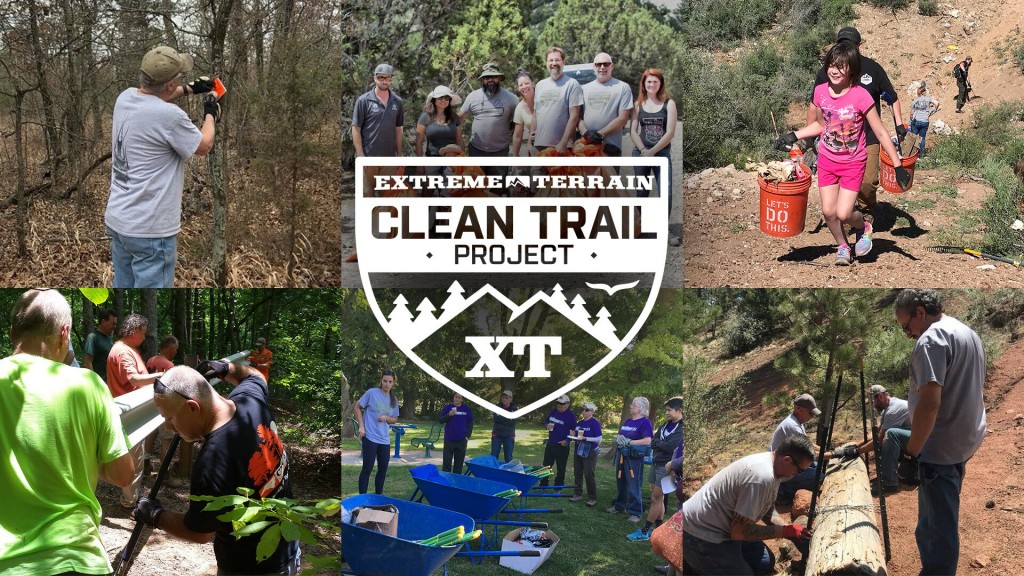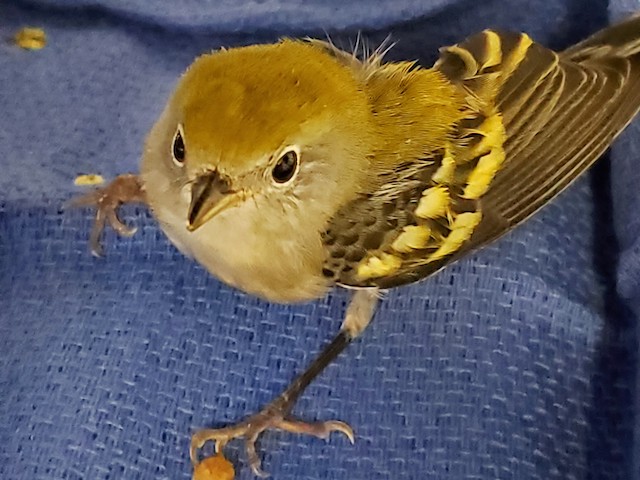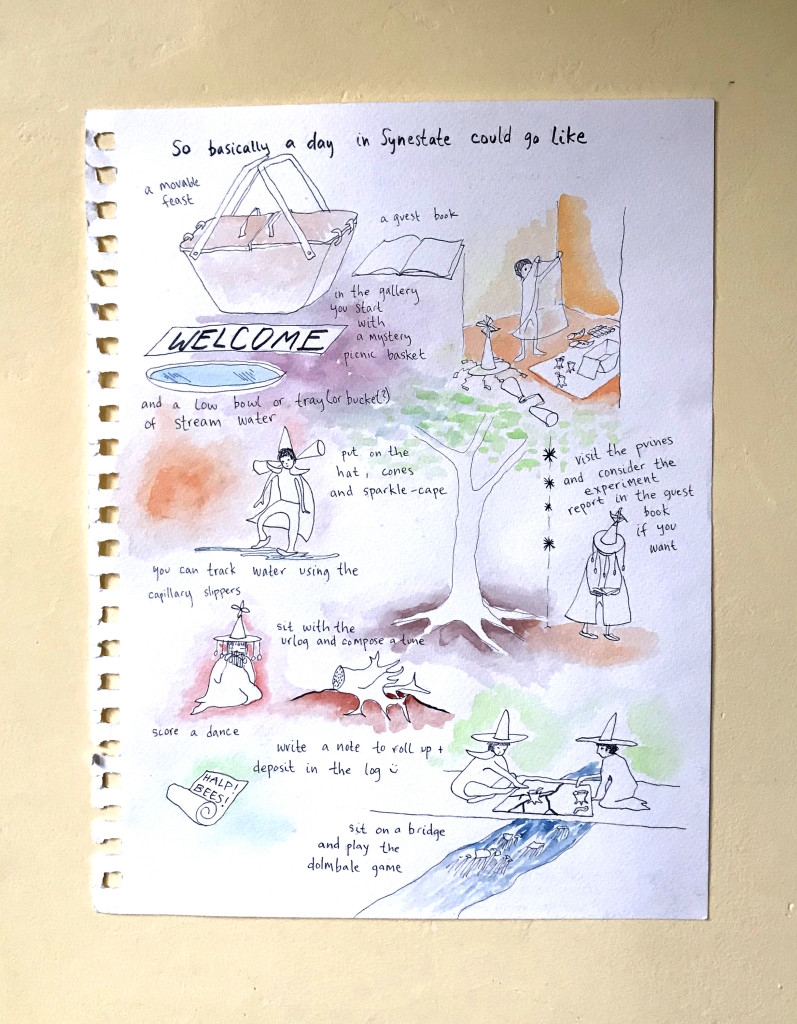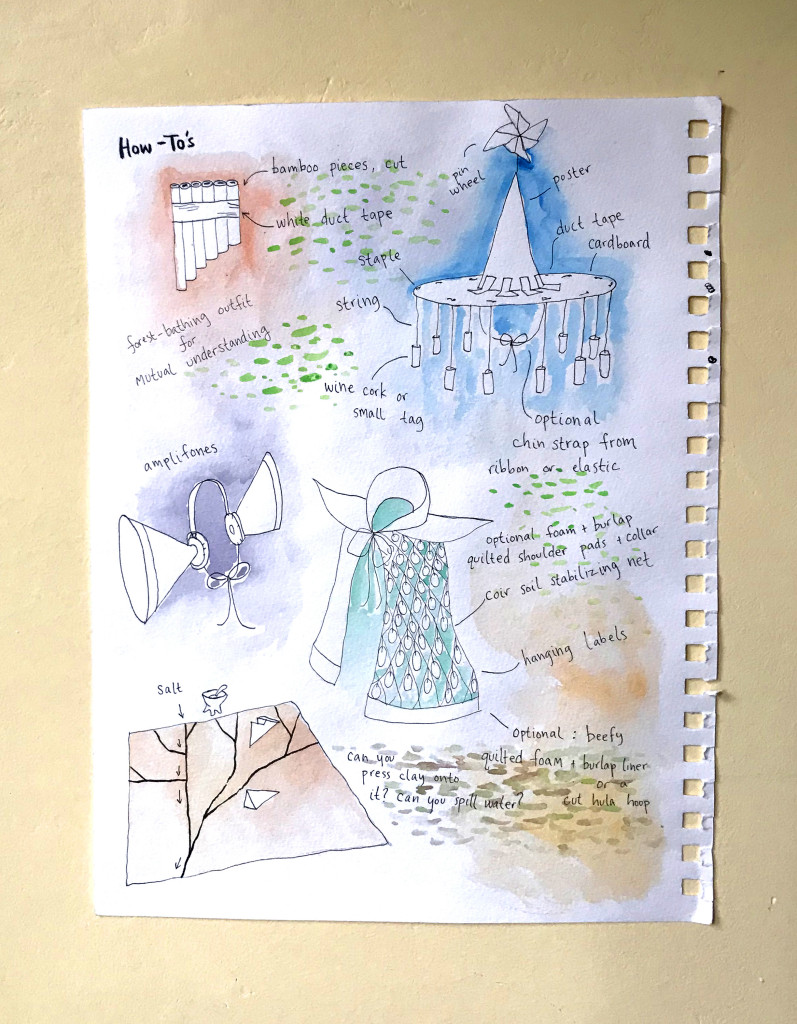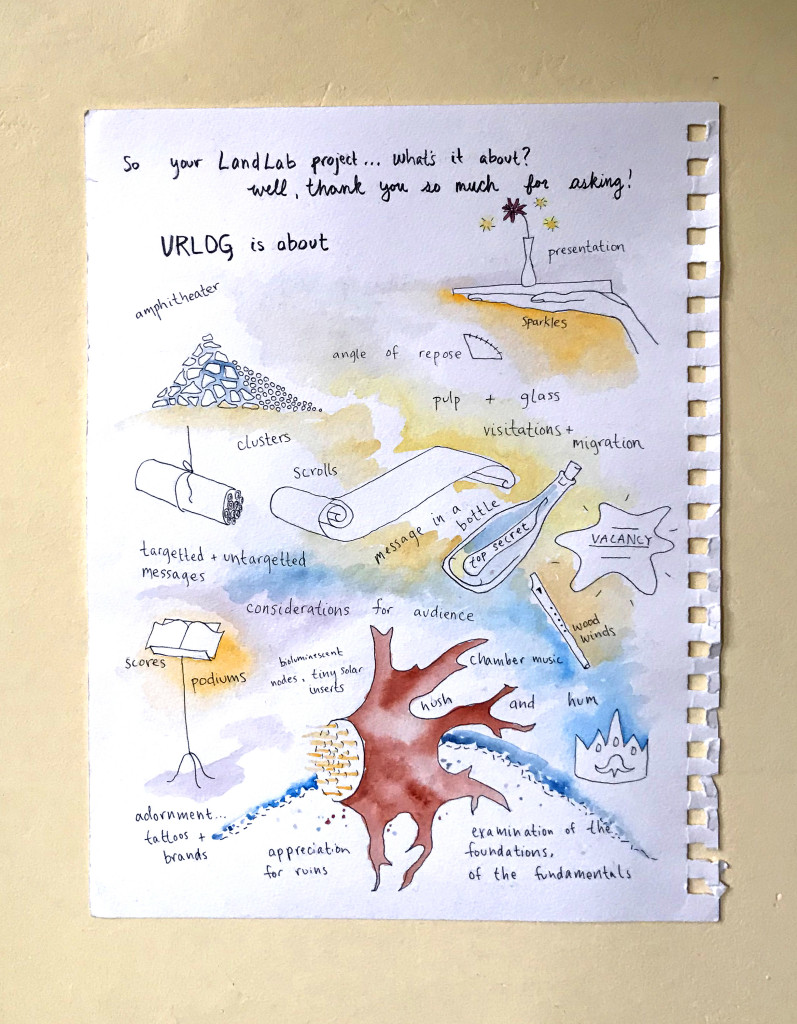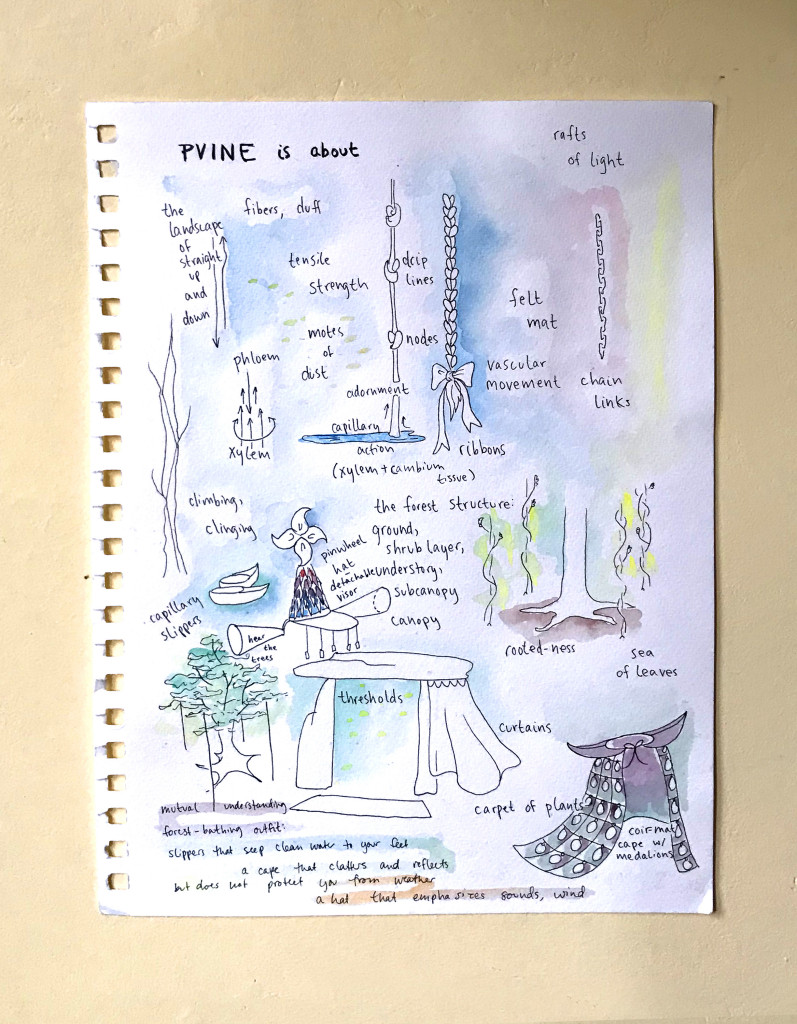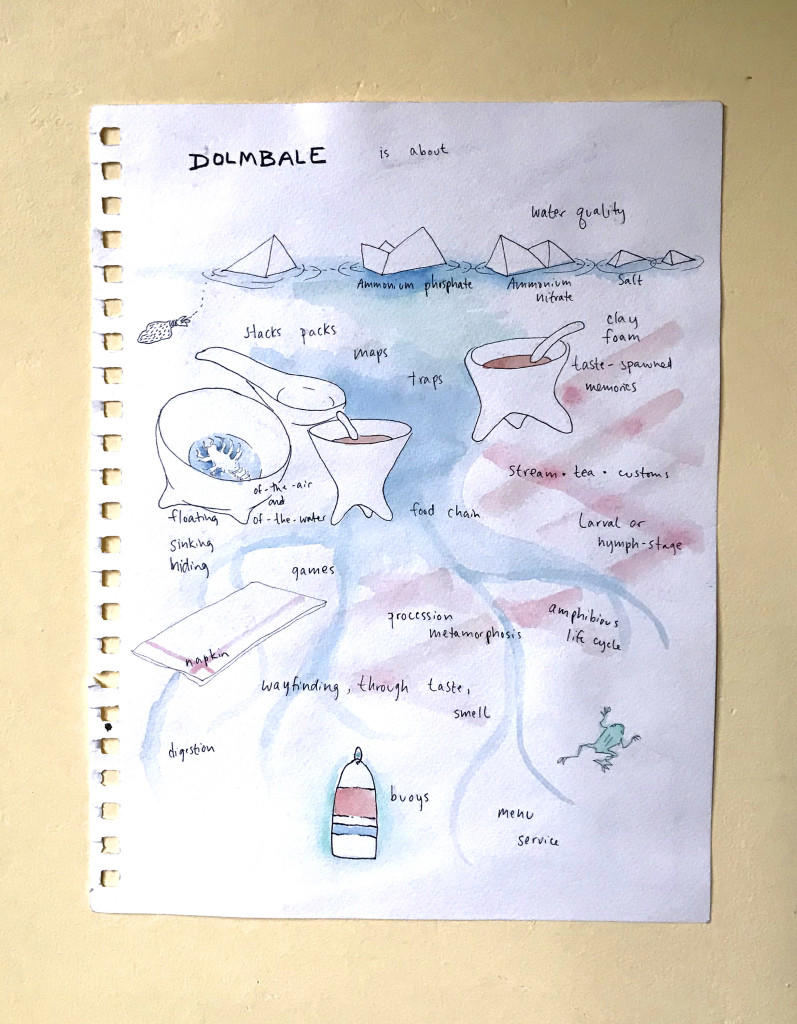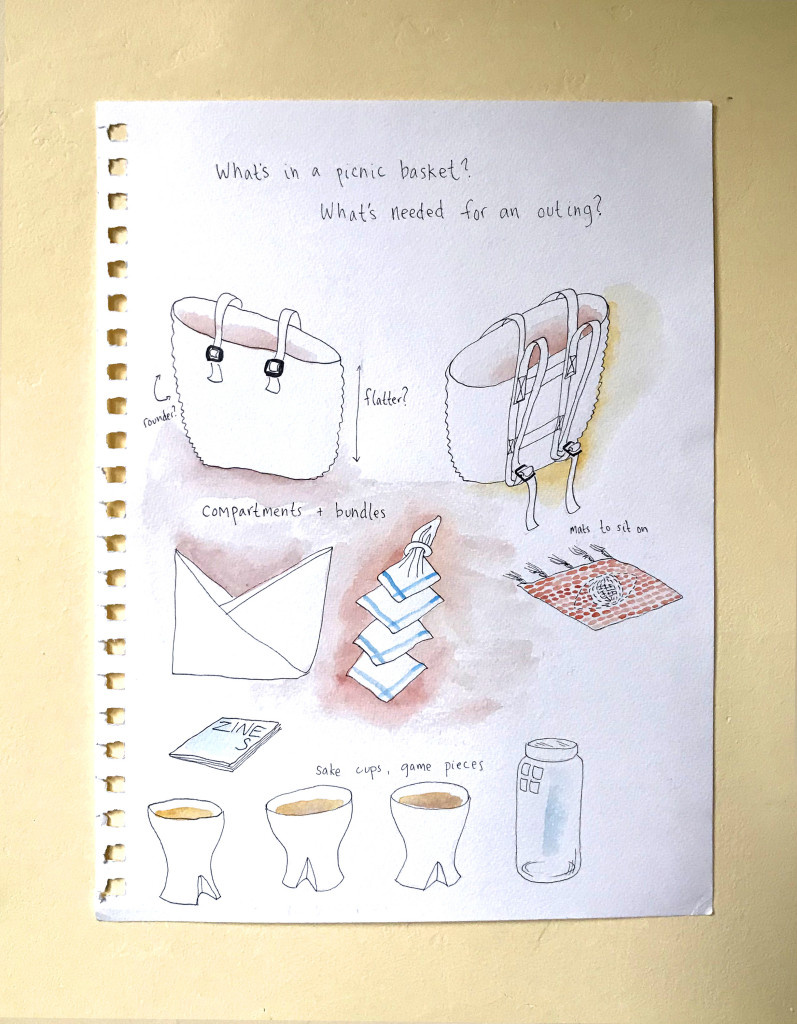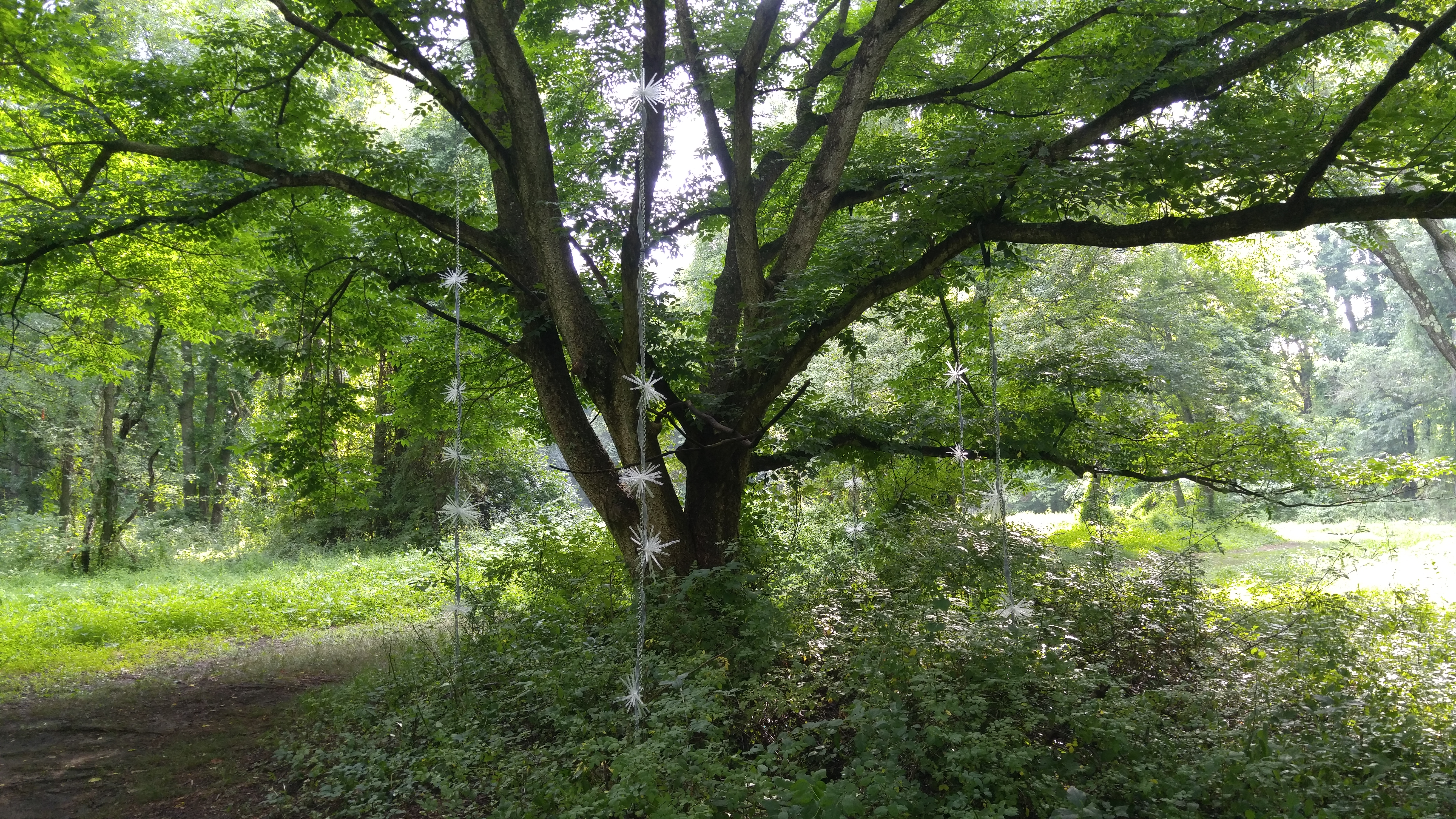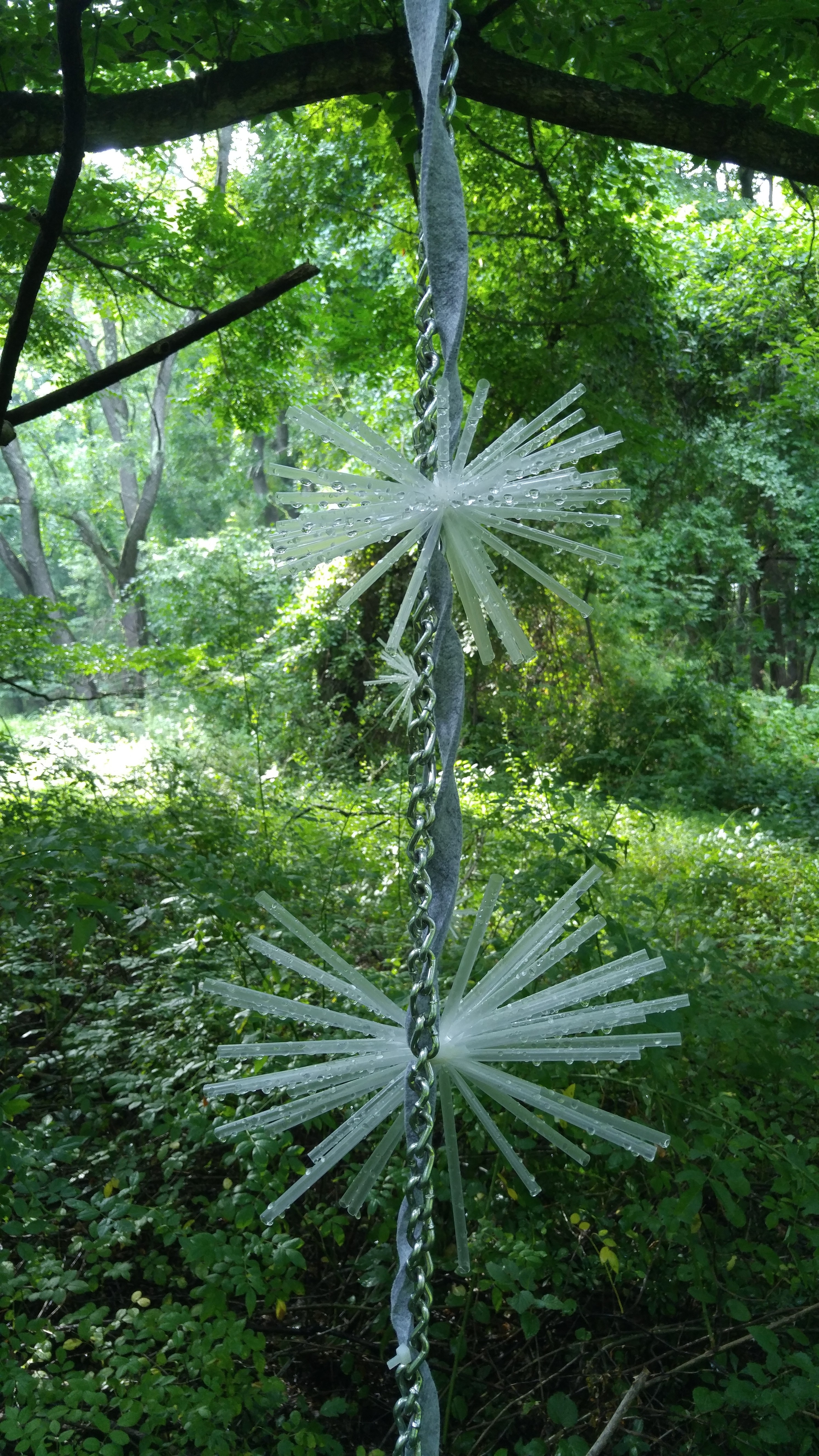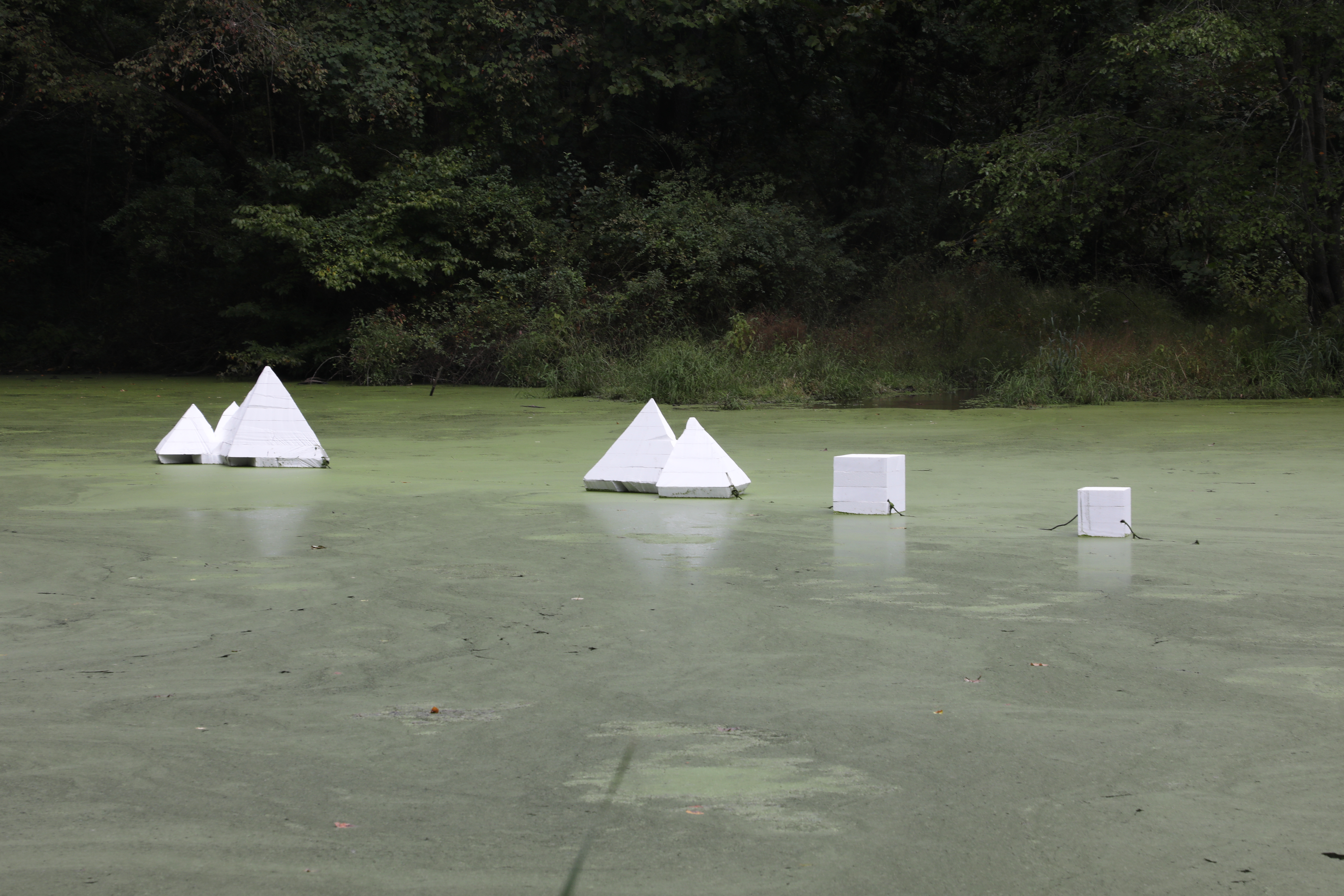There’s a special joy in giving someone just the right gift, one that makes their eyes light up with excitement. But finding that something can be tricky—so we’re here to make it easy for you. Nestled in a corner of our Visitor Center, our Nature Gift Shop is replete with eco-friendly, locally-made, and nature-themed items, from books to bird houses, earrings to mugs, puzzles to (recycled!) plushies.
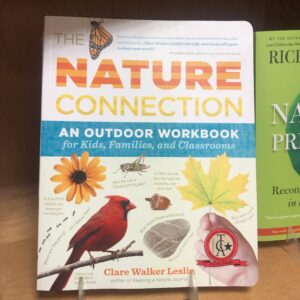
FOR THE EXPLORER: The Nature Connection: An Outdoor Workbook
This family-friendly book offers numerous delightful outdoor activities, explorations, and crafts. It’s great for injecting new life into tired pandemic routines (has anyone else done the same walk hundreds of times by now?) and for when you need that extra push outside in the cold weather.
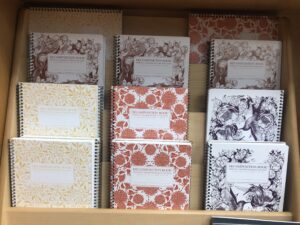 FOR THE WRITER: Decomposition Notebooks
FOR THE WRITER: Decomposition Notebooks
The perfect eco-friendly replacements for your classic composition books, these are made with 100% post-consumer waste recycled paper and printed with soy ink. Plus they feature gorgeous nature-inspired designs and spiral binding. Win-win-win-win-win.
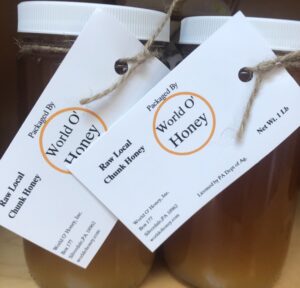
FOR THE FOODIE: World O’ Honey’s Raw Local Chunk Honey
Honey doesn’t get better than the raw, local (Silverdale, PA in this case) variety, and the honeycomb adds a delicious crunch. If smooth is more your thing, never fear—we stock a number of other varieties such as creamed, blueberry, orange blossom…yum.
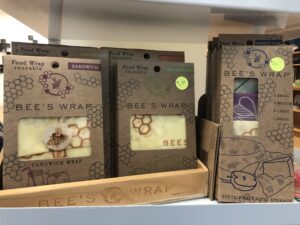
FOR THE CHEF: Bee’s Wrap Food Wraps
Bid farewell to plastic wrap forever and invest in a few Bee’s Wraps reusable food wraps. They come in a variety of sizes and patterns and are made with four simple ingredients: organic cotton, Beeswax, organic jojoba oil, and tree resin. A beautiful eco-friendly kitchen swap.
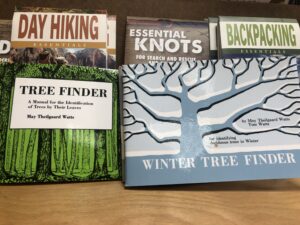 FOR THE NEWBIE-NATURALIST: Tree Finder
FOR THE NEWBIE-NATURALIST: Tree Finder
This pocket-sized guide is convenient for walks in the woods, and its clear illustrations of leaves provide just enough detail to identify a whole host of trees. There’s also a Winter Tree edition, great for when leaves are, well, a little harder to find.
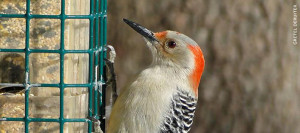 FOR THE BIRDER: Birdseed
FOR THE BIRDER: Birdseed
Our Nature Gift Shop is a birder’s paradise, bursting with houses, feeders and guides. But it’s our birdseed that gets folks coming back over and over, so a nice big bag would be perfect for any birder in your life.
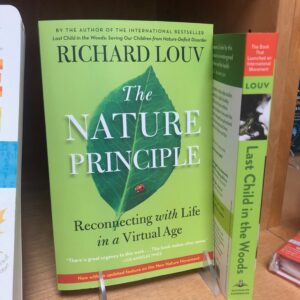 FOR THE WELLNESS GEEK: The Nature Principle
FOR THE WELLNESS GEEK: The Nature Principle
In his second book, Richard Louv shifts his focus from kids to adults and furthers his passionate argument for nature as the key to wellness, productivity, creativity, and community. It’s sure to convince even the most dedicated indoors person to venture outside, and to reinspire outdoors enthusiasts.

FOR THE PERSON WHO JUST DOESN’T WANT ANY MORE STUFF: A Schuylkill Center Membership
Not only do memberships help sustain the Schuylkill Center’s programming, they also create and connect an enthusiastic community. There are some great perks, too: discounted tickets to our public events, a subscription to our quarterly newsletter, and 20% off Gift Shop purchases among them.
For more gift ideas, follow us on Instagram, or stop by the shop yourself (just wear a mask!), open Monday–Saturday, 9 am. – 4:30 pm. Our Gift Shop manager, Michelle, is also assiduously working to get all of our stock listed online; keep checking back for more. Call 215-482-7300 with any questions, and order online and conveniently arrange for curbside pickup. Happy holidays!
— By Emily Sorensen, Communications Intern

